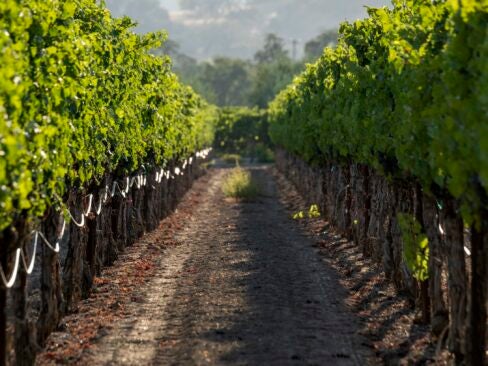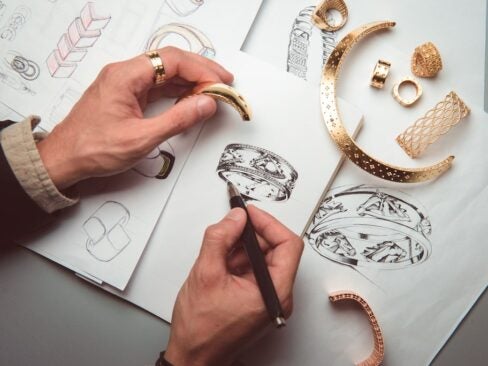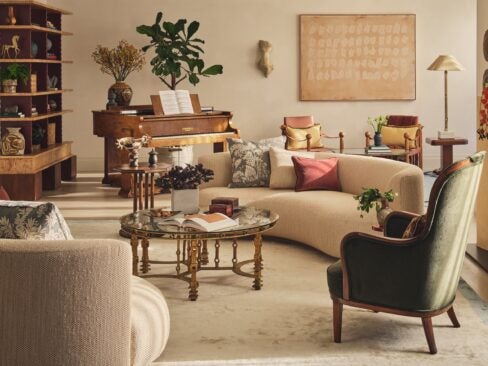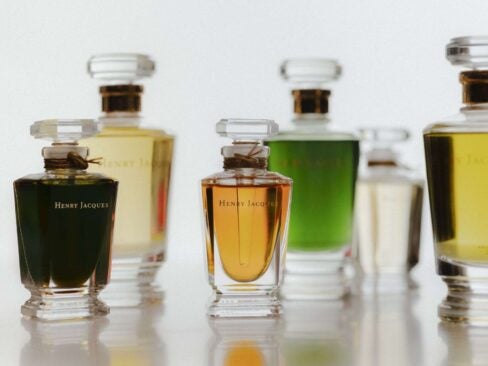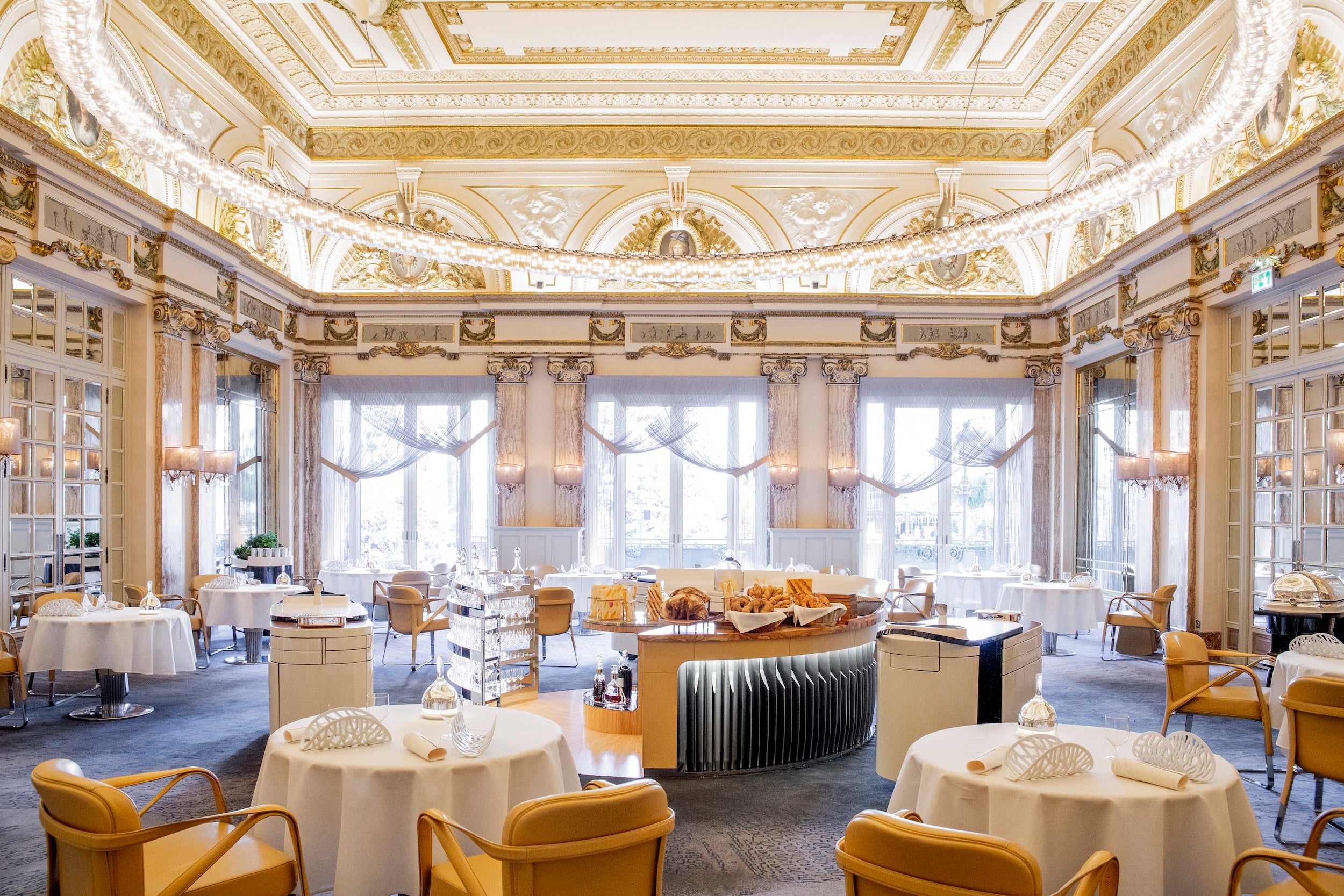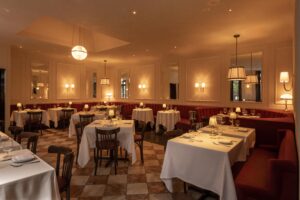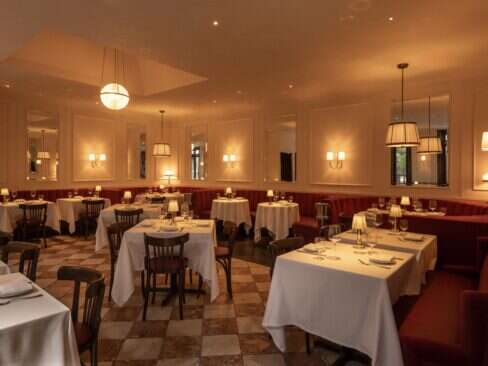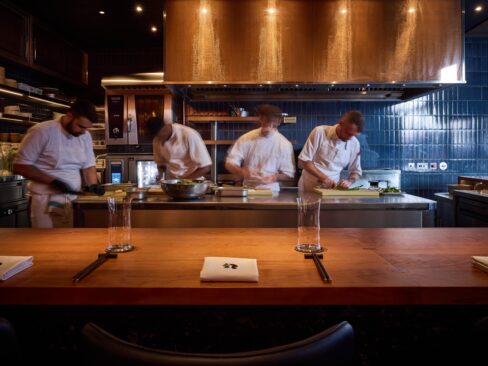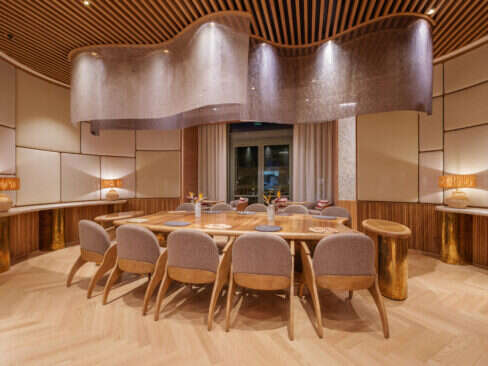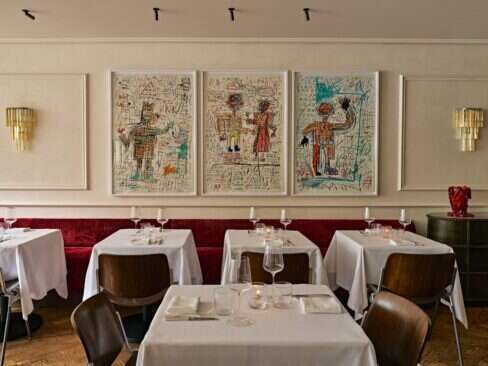The Legend of Ducasse – it sounds like a movie set in the Mexican Badlands. The legend of Ducasse, however, is no work of fiction. Alain Ducasse, one of the world’s most Michelin-starred chefs (no living chef has ever held more) and proud standard bearer for the French culinary arts, is indeed something of a living legend.
The origins of this legendary story segue seamlessly with that of another; Monte Carlo, the formerly nondescript, rugged expanse of lemon and olive trees within the then cash-strapped tiny principality of Monaco, which in 1864 was so spectacularly reimagined into a playground for the world’s wealthy.
Alongside the famous casino, the Hôtel De Paris, specifically created to be “a hotel that surpasses everything”, which the high rollers could very conveniently roll straight into, has held sway as one of the truly great grand hotels of the world for over a century and a half. Reopened in 2019 following a meticulous $280 million renovation, with its opulent lobby still one of the best people watching podiums on the planet, the Hôtel De Paris is as celebrity-strewn and magnificent as it’s ever been.
In 1987, Prince Rainier, fresh from his tussle to wrest control of the casino and hotels from Aristotle Onassis, issued a challenge to the precociously talented young chef Alain Ducasse: to achieve 3 Michelin stars for the hotel’s restaurant, Le Louis XV, within four years. Three Michelin stars had never been awarded to a hotel restaurant before. The 33-year-old Ducasse had them secured in just 33 months.
Aside from a couple of short-lived 2-star hiatuses, Le Louis XV has remained a 3-starred beacon of French haute cuisine ever since and is the beating heart of a global gastronomic empire. Over 85% of the chefs in Ducasse’s 30-plus restaurants have been trained there. His company may be called Ducasse Paris, but Ducasse, now a Monegasque citizen, is Monte Carlo, and Monte Carlo is Ducasse.
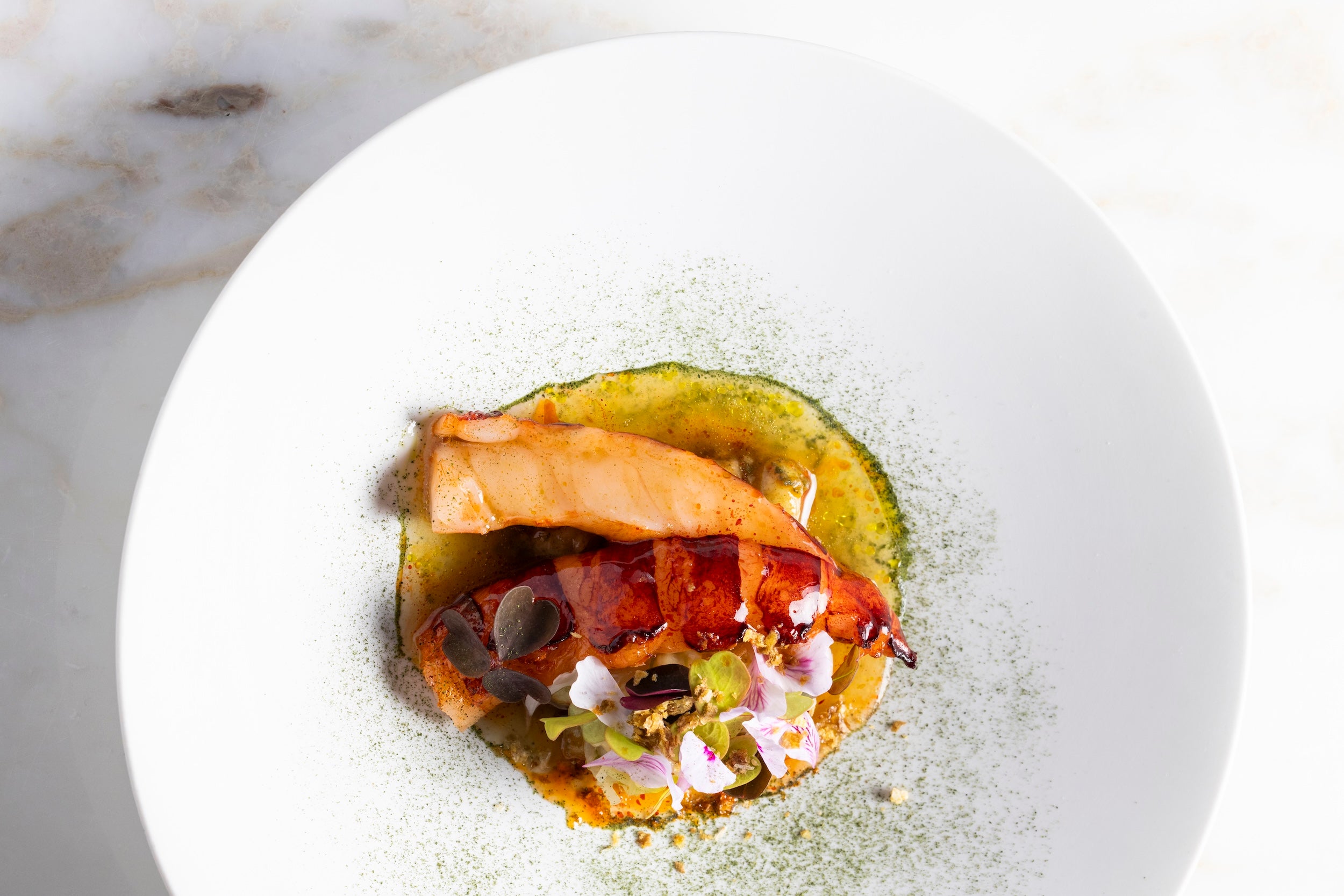
Must order:
From the living legend : Rum Baba
From the young pretender: Artichoke Alla Guidea
What to drink:
Maxime can conjure up anything and everything but while you’re discussing it, a glass of that Egly-Ouriet Grand Cru champagne is a judicious choice
Best seat in the house:
There are no bad ones. Personally I loved the terrace but in the room 2bis commands a full perspective of the space.
Chef
In 1984, the Piper Aztec Ducasse was travelling in crashed in the Alps. Dancing a duet with death as he hung helplessly in a tree, surrounded by his dead fellow travellers, his eventual rescue was merely a precursor to years of surgery and prolonged periods of hospitalisation.
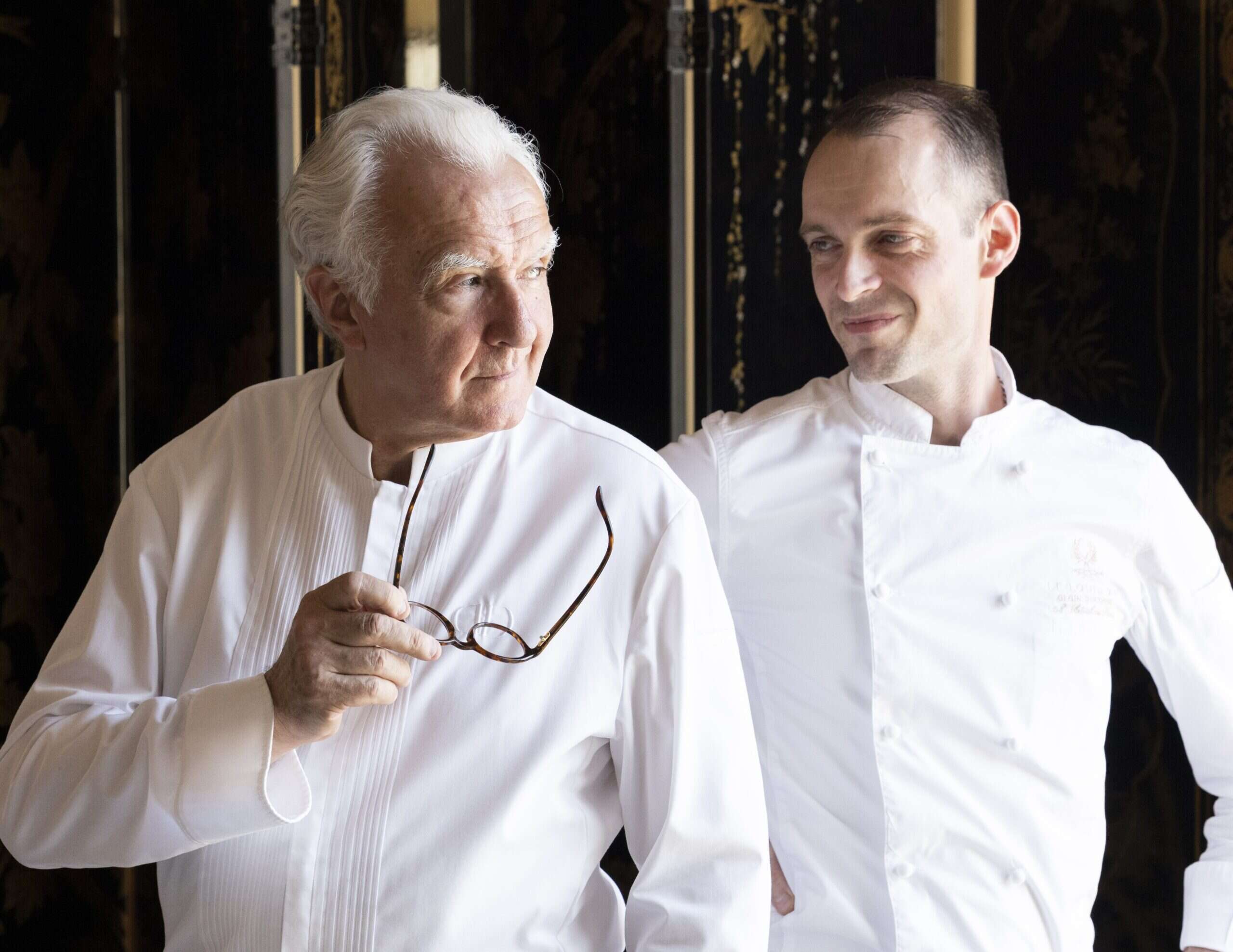
Like Beethoven determinedly composing after he’d gone deaf, he began, as he puts it, “cooking in my head” whilst simultaneously elaborating a system of oversight and delegation that’s evolved into a uniquely contoured epicurean art form. At its heart is the judicious selection of his head chefs, and at Le Louis XV that’s Emmanuel Pilon.
I meet the 35-year-old Pilon slumped over the pass of his kitchen, his 20-strong brigade twisting and turning behind him with the synchronisation of a Swiss timepiece. It’s like watching ballet. Raised in Lyon, French cuisine’s spiritual heartland, not only was his father a chef, but his grandfather and even his great-grandfather. Not so much in the blood as embedded into the DNA.
He began at Le Louis XV in 2009, thereafter transferring to Ducasse’s then 3-starred Parisian flagship at the Hôtel Plaza Athénée (Ducasse was the first chef with three independent, three-starred restaurants), where in 2014 Alain Ducasse experienced a well-publicised epiphany resulting in a recalibrated culinary concept he labelled naturalité. Naturalité (naturalness) would prioritise vegetables in all their forms, fresh locally caught, sustainable fish over meat, and drastically reduce salt, sugar and fat. With a rigorous focus on suppliers kept as close and as niche as possible, it was, in essence, an extremely health-conscious kind of vegetarian light. Creativity and experimentation would be actively encouraged.
Perhap the most committed of Ducasse’s disciples to the naturalité philosophy, Pilon works with whatever is found in local markets or pulled from the Mediterranean. He particularly loves sourcing off-grid ingredients with which to push the frontiers of gastronomic innovation. Youthful yet talented, he remains a key cog in the all-conquering Ducasse machine.
Menu
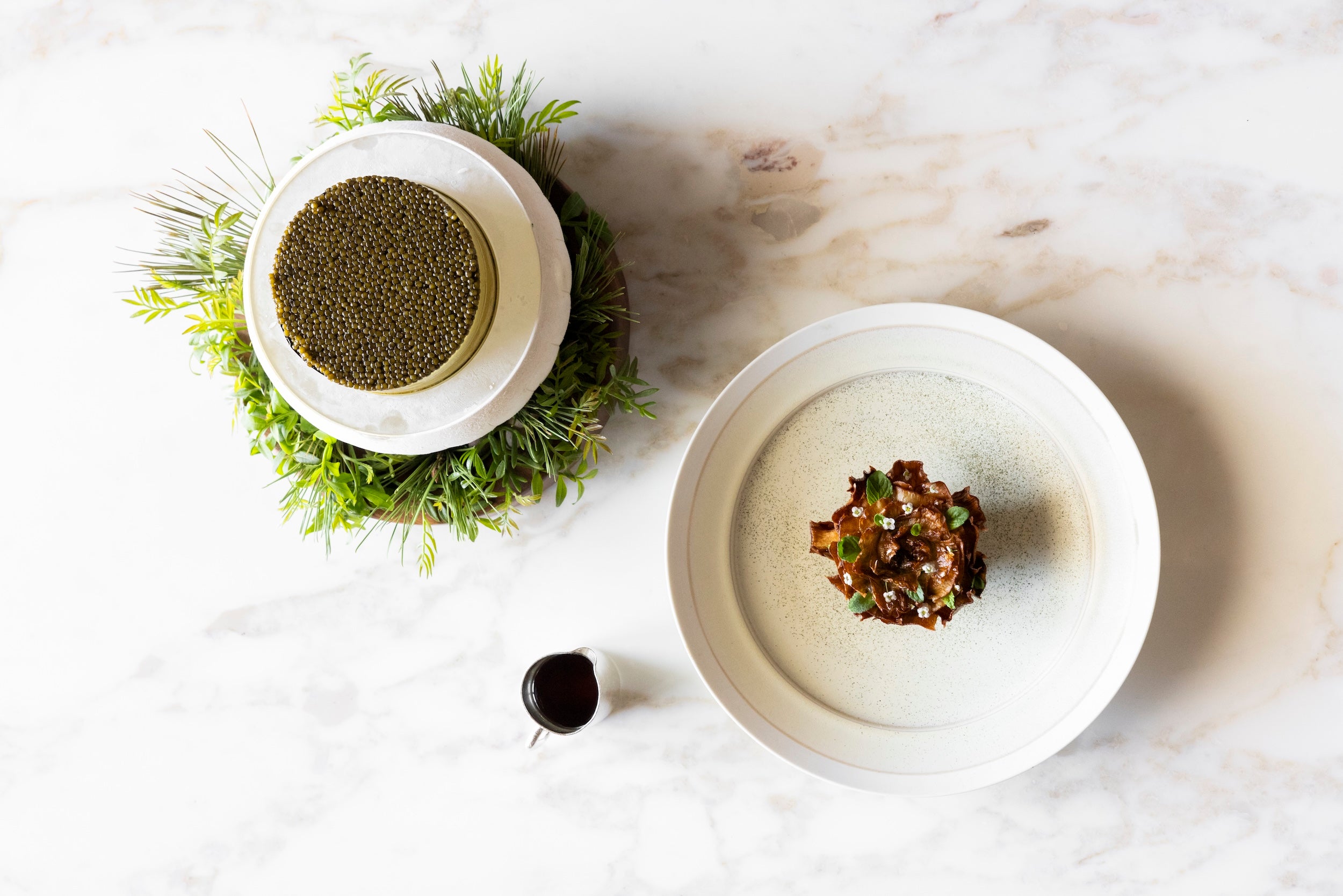
Paté a pain, large parchment-like sheets of bread into which are pressed zucchini flowers and olives, arrive like a declaration of intent. Does one snap a piece off or simply sip the excellent Egly-Ouriet Brut Grand Cru champagne and marvel at them? I chose both.
A sequence of starter exotica encompasses delicacies such as marinated cuttlefish with mandarin miso and blackcurrant bud, and a green bean tartlet with bottarga toum in myrtle vinegar. Swordfish from Olivier Bardoux, the locally celebrated sustainability-focused spearfisherman, is presented with white fig and pickled green fig in a marigold emulsion, while marinated gamberone from San Remo represents one of the restaurant’s enduring signatures. Sitting in a saffron rock fish gelée with a condiment created from gamberone heads and tails (naturalité eschews wastage), preserved lemon and cuttlefish, topped with a liberal serving of gold caviar, it’s a truly exceptional dish.
An Emmanuel Pilon classic in the making could be Provençal artichoke “alla giudea”, so called because it’s deep fried in the Italian Jewish tradition. Stuffed with sea anemone supplied by Bardoux and again topped with caviar, this was an impressive naturalité-inspired creation. Meat was predictably scarce, though further seafood offerings appeared in the form of lightly smoked blue lobster and John Dory finished with a pil-pil sauce produced from emulsified fish heads.
The disarmingly charming Restaurant Manager, Claire Sonnet, a winner of the Michelin Service Award, leads an elegantly coutured team that swerves and sashays its way around the room with consummate professionalism. She suggests I hang back before trying the mushroom stew I’d been eyeing. Composed of morel, oyster, and button mushrooms with a large supporting cast of glamorous ingredients, it’s a weighty-looking dish, not unlike a bowl of chocolate soup. One, however, you’ll want to dive into after a few mouthfuls.
Dessert offerings included a soufflé of burlat and morello cherries with green shiso ice cream, and perhaps the most enduring Ducasse signature of all, his revered rum baba, presented with a choice of five different rums. The theatricality reaches a crescendo with a tea trolley resembling a mobile garden center, from which leaves for infusions are snipped off on request. A parting gift of panettone from pastry chef maestro, Sandro Micheli, concludes an evening of unparalleled epicurean excellence.
Interiors
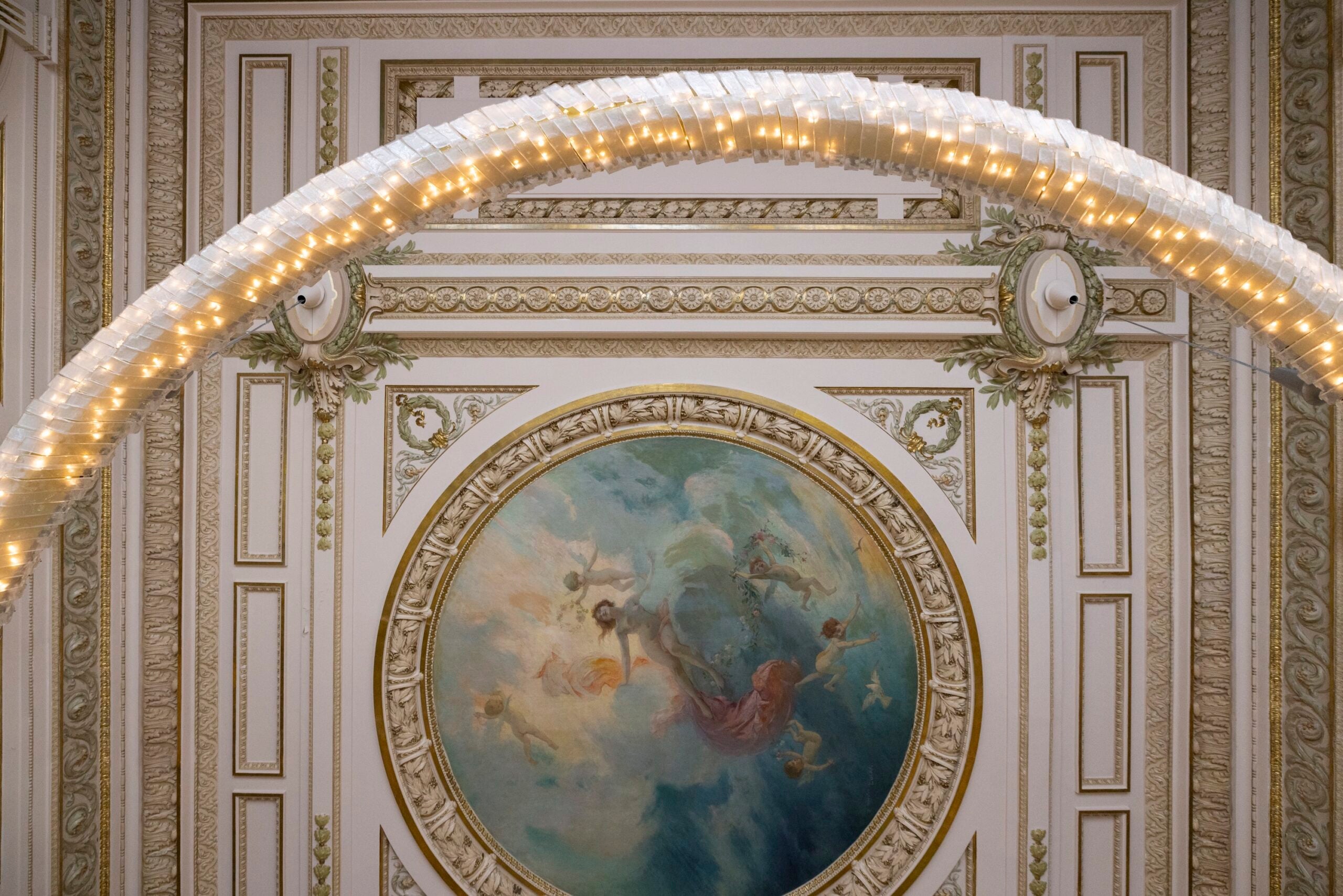
The ornate Belle Époque dining room with its gilt-edged opulence presented a challenge to designers Patrick Jouin and Sajit Manku, highly sought-after purveyors of a stunningly conceived French luxuriance, when they redesigned it in 2015.
Chic contemporary elements were subtly introduced into the palatial atmosphere, notably a spectacular circular chandelier, 25 feet in diameter, sited underneath the huge ceiling fresco at the centre of the room. Composed of 800 pieces of Murano glass and created by renowned French glass sculptor Aristide Najean, it floats harmoniously underneath a smiling nymph and her attendant cherubs, next to a portrait of Madame de Pompadour, Louis XV’s “official” mistress.
Directly below is “L’Office,”. Made of cherry wood with ornate metallic blades that open out during various stages of the service, it functions as a station for staff to access bread, liqueurs and other accoutrements. It’s an eye-catching contemporary counterpoint to the otherwise Versailles-like space. The tan coloured leather upholstered chairs further lighten up the room with several tables situated on the terrace looking out over casino square, where a tightly clustered phalanx of humanity will be enviously looking straight back.
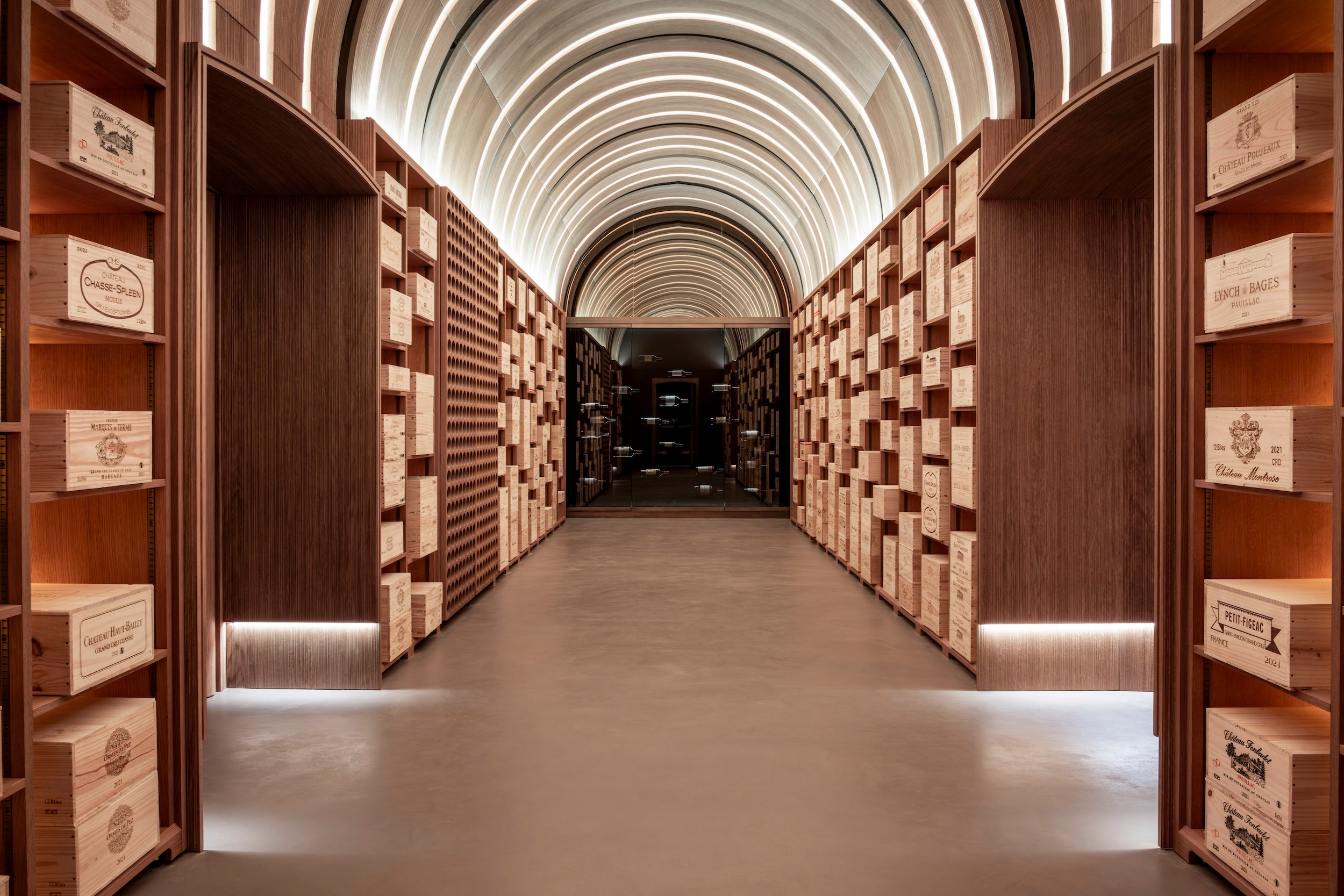
Another interiors makeover has recently been concluded, 33 feet underground inside the wine cellar of the Hôtel De Paris. It’s the biggest hotel wine cellar in the world, home to over 300,000 bottles, including some of the rarest. As the restaurant’s supremely knowledgeable sommelier, Maxime Pastor, escorts me through its 1.25 miles of passageways, an old photo of Charlton Heston and Prince Rainier down there in their tuxedos underscores the privilege of being allowed inside this oenological holy of holies. Part of the cellar has been meticulously remodelled and inaugurated by Prince Albert just the day before. That will now become the preserve of an ultra-exclusive wine connoisseurs club with the prince initiated as the first member.
Jouin Manku are also busy with another, much larger, Alain Ducasse project – the 1935 modernist masterpiece, La Maison du Peuple (The House of the People), in Clichy, Paris, which, when it opens in 2026, will house large chunks of his operation, including the chocolate and coffee manufacture. Chef Ducasse recently confided to me that he may also start cooking again there. But will he? As much enigma as legend.
